ferne fortbewegung fremde
travel-atlas / diploma project / udk berlin 2006
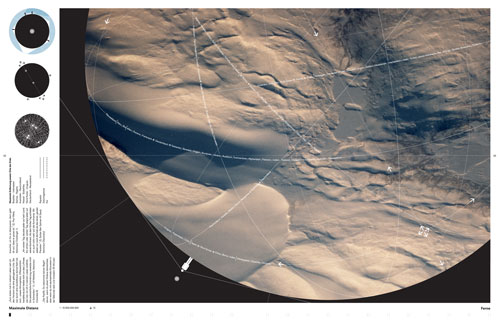
![]()
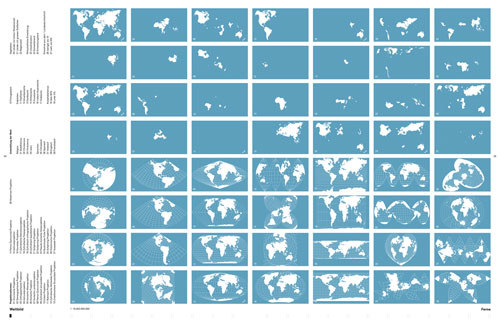
![]()
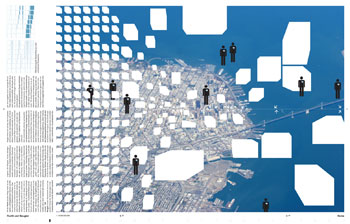
![]()
![]()
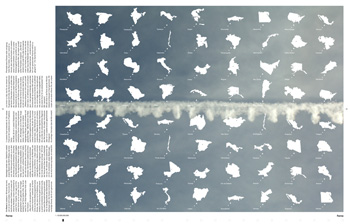
![]()
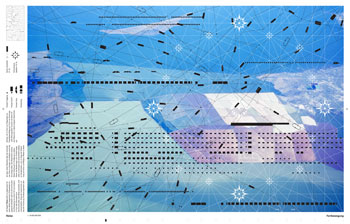
![]()
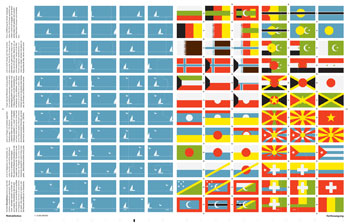
![]()
![]()
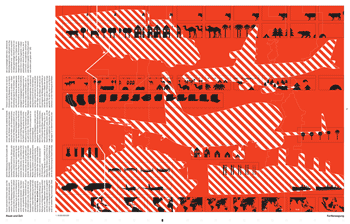
![]()
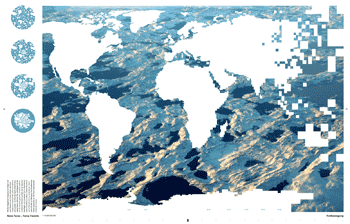
![]()
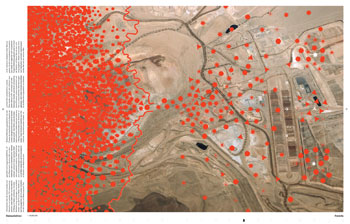
![]()
![]()
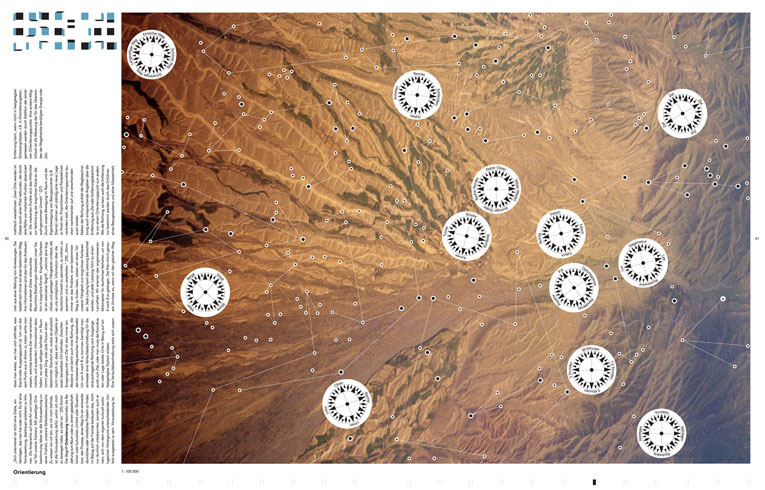
![]()
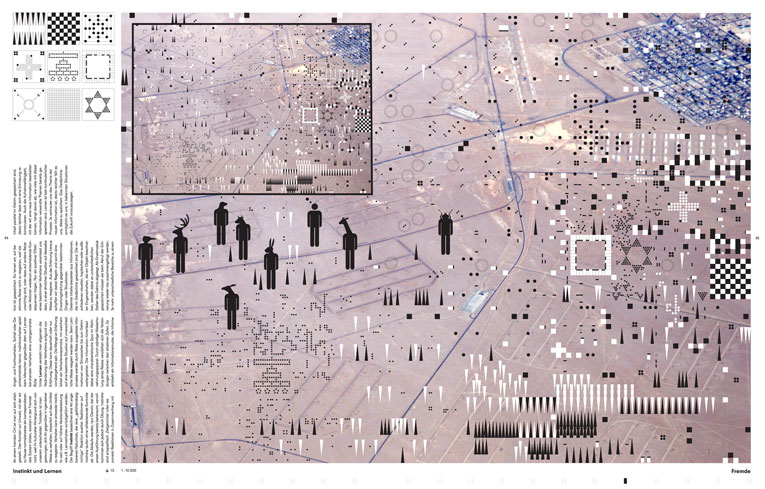
![]()
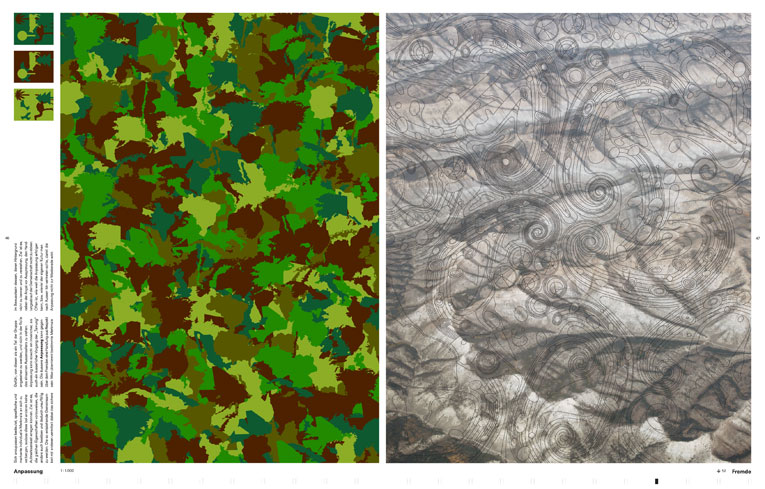
![]()
<< click on image to enlarge
ferne fortbewegung fremde // distance / motion / foreign cultures
examination of travel, the fascination of distance and foreign
countries and the transformation of our perspective on foreign places while we are visiting them.
visualization of the different stations of a journey in various graphics that refer to the aestetics of maps.
30 maps describing the different station of a journey:
1. part // distance: f.e. home, daily routine, longing, curiosity, utopia
2. part // motion: f.e. tourism, nomadism, globalization, velocity, perception of time and space
3. part // foreign parts: f.e. perception, orientation, instinct, learning, adaption, communication
concept:
what is distance? where is its beginning and its ending? distance is not a geographical definition. the position of THE DISTANCE depends on the way
we think about it and on the width of our thoughts. if we are longing for other countries and cultures, we do this because their foreign and unknown
character attracts us. as soon as we get to know a place, the distance dissappears.
this project is a travelogue, my description of the process of travelling. its starting point is the longing for foreign countries and places in wide distances. the gain of the journey will be to find one«s way within other cultures.
the traveler passes through particular situations, states and conditions which have a deep impact on him and even can change his personality in some way. the book also investigates our perspective on a foreign country and in which way it changes while we make the experience of travelling.
content:
a variety of different divisions and projection forms demonstrate how distinguished our point of view on the world can be.
part 1: distance
the first part of the book examines our relation to foreign places: what does distance look like from the point of view of our homeplace?
why are we longing for distances? is it because of boredom and routine of our daily lives or is it pure curiosity? such places are situated far away and we do not have direct control or knowledge about them. nevertheless those positions exist as a construct of our thoughts. where do those images and ideas we have come from? and in which way are they equivalent to reality?
part 2: motion
the second part of the book examines the motion itself and how it changes within the progress of globalisation.
the manner in which we perceive time and space, and the manner in which we measure them, are influenced enormously by the development of our technical possibilities. distances seem to be shrinking or even to dissapear entirely.
part 3: on foreign ground
the third part of the book wants you to realize that, although physical distances might seem to vanish, cultural diversity still exists. whereas physical distances have become easy to cope with, cultural distances still cost a huge amount of time and effort to overcome. we do not even know to what extent this is possible at all.
the last part of the book describes this long orientation process. its topics are the personality of the traveler, sensory perception, instinct and learning-process, adaption, communication... the aim of the journey will be a comparison between OUR OWN and THE FOREIGN. as a result we will find contrasts but also similarities which might help to define ourselves in a new way.
design:
we mainly use maps to visualize the earth«s surface. they represent information about space and enable memorization as well as planning our movement. a map contains the form and position of single objects that are integrated into the specific structure of the map. they represent a distinguished order of space that influences our imagination of places. finally, maps show the relationship between people and their enviroment.
all subjects of the atlas are described in graphics that simulate function and aesthetic of maps. pictographical sings, thin lines and high detail are the basic design elements. aerial views in the background support my idea of giving an overview on each subject.
format: 34 x 29 cm, 65 pages
awards:
best of the best // red dot award 07
if communication design award 07
:output 06/07
ddc award 06
<< back